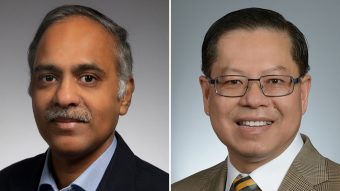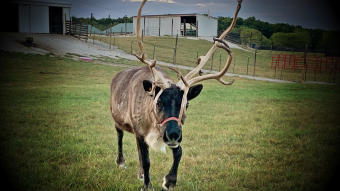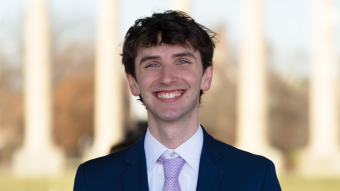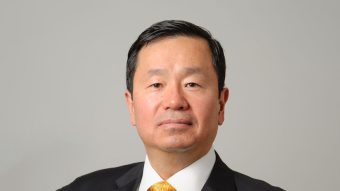By Eric Stann
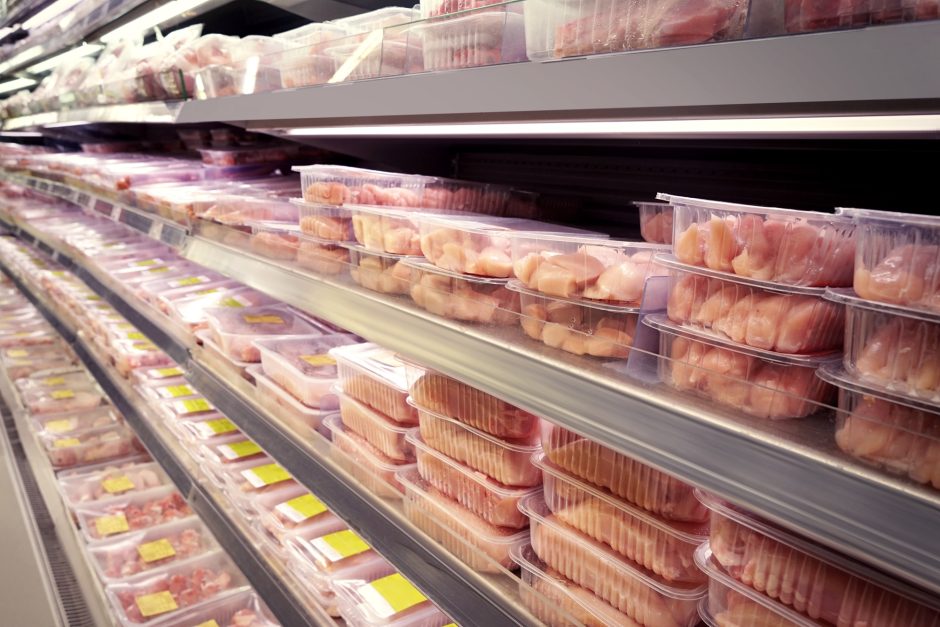
Feb. 6, 2024
Contact: Eric Stann, 573-882-3346, StannE@missouri.edu
Like a silent saboteur, foodborne pathogens can sneak up and ruin your next meal. One of the biggest culprits is salmonella, a type of bacteria found in many foods that causes more than 1.3 million cases of foodborne illnesses annually according to the Centers for Disease Control and Prevention.
Despite nationwide efforts, salmonella’s infection rates have remained nearly unchanged for the past 30 years. Now, MU is part of an interdisciplinary effort determined to change that after recently receiving a three-year, $5 million grant from the National Science Foundation’s Convergence Accelerator program.
The 19-member team of investigators — with expertise in engineering, poultry and food science, public health and supply chain management — is developing new technology to rapidly detect and mitigate salmonella and other foodborne pathogens throughout the entire poultry supply chain.
Rapid results
One in every 25 packages of chicken found on store shelves is contaminated with salmonella, according to the U.S. Food and Drug Administration. Because chicken is a major source of illnesses from salmonella, the researchers decided to begin their efforts by focusing on helping the poultry industry.
The team’s goal is to significantly reduce the risk of foodborne illness in people, said Mahmoud Almasri, lead principal investigator (PI) and an associate professor of electrical engineering and computer science in the MU College of Engineering.
“Real-time data collected from multiple portable sensors will be added to a transformative sensor-enabled decision support system (SENS-D), allowing us to produce results in one hour or less,” Almasri said. “Our rapid results will enable both the supply chain and health partners to make data-driven decisions to enhance food safety, equity and security by providing evidence-based solutions.”
While the current gold standard of testing for foodborne pathogens takes at least 24 hours to produce results, the researchers’ forward-thinking approach could one day revolutionize the poultry industry and influence policy, said Kate Trout, co-PI and an assistant professor of health sciences in the MU College of Health Sciences.
“These pathogens grow very quicky, so a lot can happen to a food product in just 24 hours,” Trout said. “We think our sensors, combined with our decision support system, could change the way that the entire poultry industry and health stakeholders make decisions to ensure a safer food supply for everyone.”
For instance, this research is vital for helping ensure food safety between the packing plant and a store shelf.
“Our project could help increase the understanding of the impact of time and temperature during distribution and transit,” said Tim Safranski, co-PI and a professor of animal sciences in the MU College of Agriculture, Food and Natural Resources and a state swine extension specialist with MU Extension.
The team will also use advanced statistical and machine learning techniques to improve risk mitigation.
“One strength of our project is using advanced analytics and artificial intelligence (AI) to develop innovative descriptive, predictive and prescriptive capabilities for a safe, efficient, equitable and resilient food supply chain,” said Haitao Li, co-PI and a professor and chair of supply chain and analytics department at the University of Missouri-St. Louis.
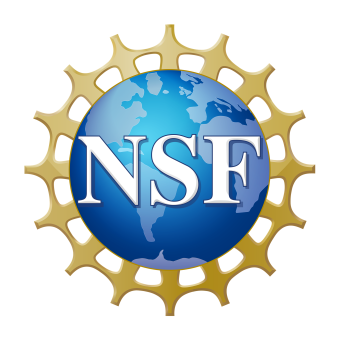
While the sensors are currently in protype development, the team is already exploring how the new technology might work for detecting other foodborne pathogens besides salmonella.
"We hope our technology can go beyond poultry and be adapted to detect and reduce the risk of other foodborne pathogens to benefit society as a whole,” said Amit Morey, co-PI and an associate professor of poultry science at Auburn University.
When the technology is ready for real-world use, the team will work with MU Extension to help industry partners in Missouri and beyond understand how to use the new tools through various workforce education and training initiatives.
“We know that just developing a new technology and putting it out in the world doesn’t make a large impact unless we teach people in the industry how to use these new AI and detection technologies,” Trout said. “We’re fortunate to have such a strong state extension program to be able to implement that component of the program.”
The team also includes researchers at University of Notre Dame and Lincoln University.
Read more from the National Science Foundation